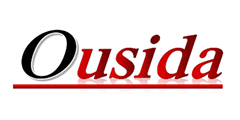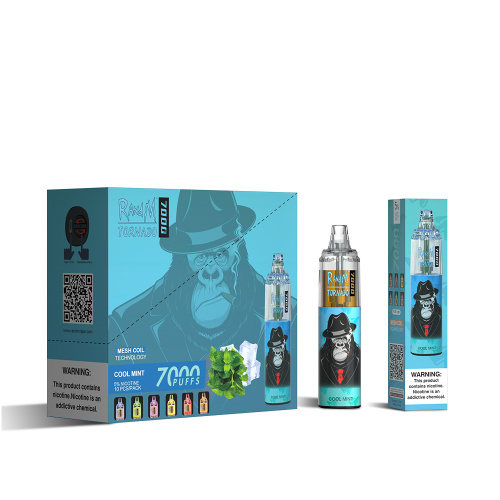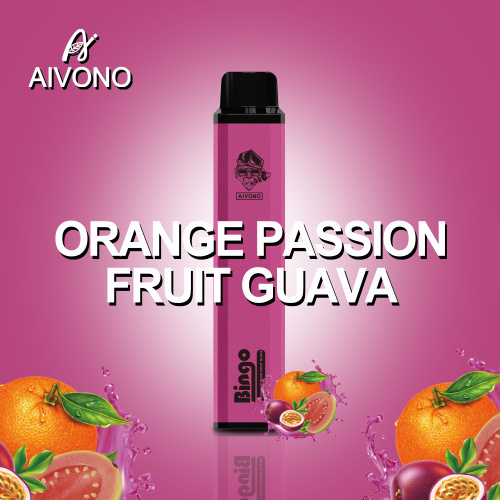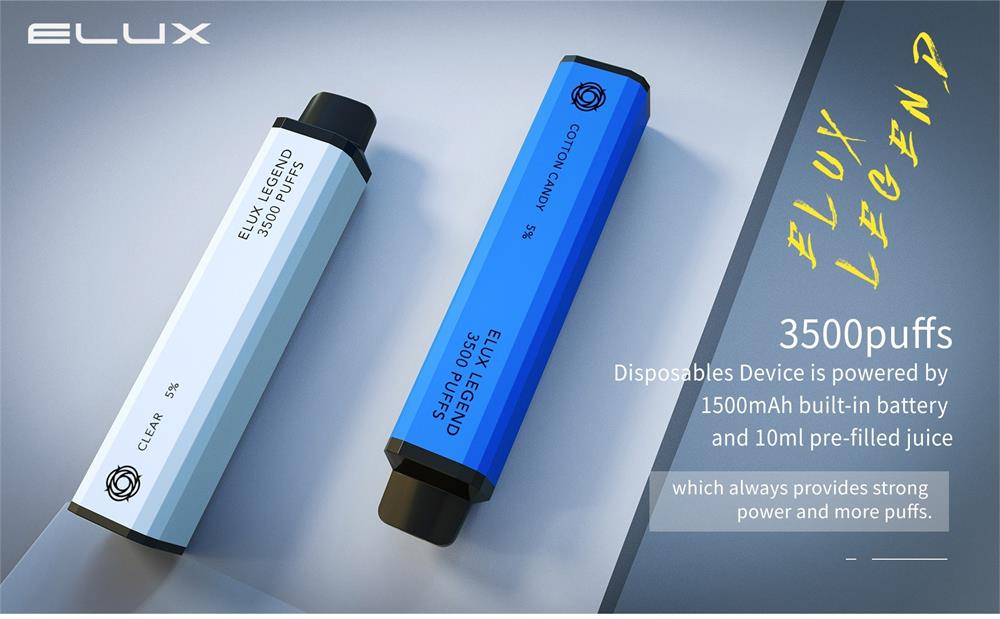PEN, polyethylene naphthalate, has a similar resin structure to PET, but PEN performs better than PET in all aspects. It has the following characteristics:
1. The heat distortion temperature of PEN is 30°C higher than PET, reaching 100°C, and can be used for hot filling.
2. The glass transition temperature of PEN is about 40°C higher than that of PET, and its tensile strength, flexural modulus and bending strength are also high. Therefore, PEN has good dimensional stability, low thermal shrinkage and good long-term heat resistance.
3.PEN is superior to PET in acid and alkali resistance, hydrolysis resistance and general chemical resistance.
4.PEN is a kind of good gas barrier property in all kinds of plastics. The barrier property to oxygen, carbon dioxide and water is 4 times, 5 times, and 3.5 times higher than that of PET respectively.
5. Compared with PET, PEN has less adsorption to organic solvents, and its free and precipitated properties are also low.
6. PEN crystallinity is lower than PET, easy to make thick-wall transparent bottles.
7. Has good UV resistance.
8. PEN has good hygienic properties.
PEN has excellent properties and is an ideal packaging material. However, PEN is expensive, which limits its wide use as a packaging material. Since both PEN and PET are thermoplastic polyesters and their chemical structures are similar, a certain ratio of PEN and PET are melt-blended to form a polymer. Alloys, which can take into account the economics of PET, heat resistance and gas barrier properties of PEN, are currently the focus of PEN application research and development, and are also one of the main ways to bring PEN to market (especially packaging). When 10% to 20% of PEN is blended with PET, the permeability to oxygen and carbon dioxide can be increased by 30% to 50% and 23% to 37%, respectively, and the shielding wavelength of ultraviolet rays can be increased to 380 nm. PEN/PET blends or copolymers have been used for the packaging of edible oils, alcoholic beverages, carbonated soft drinks, and beer.
At present bottle containers have become PEN's main market. Due to the excellent characteristics of PEN, PEN bottles blown with PEN perform better than PET bottles. PEN bottle transparent, hot filling temperature up to about 100 °C, good barrier to ultraviolet, oxygen, carbon dioxide, and chemical resistance, used in beverages, beer, cosmetics, baby food packaging, has great practicality and market . Especially in beer packaging, it has made up for the defects in PET and glass and has become a hot topic in recent years.
Teijin is a pioneer in the production of biaxially oriented PEN films in the world. As early as 1989, it successfully developed high-performance PEN films. In 1993, it built a 4,000-ton/year film production line. In addition, world film giants such as Toray and DuPont have also entered the PEN film production market. The PEN can be manufactured using the same equipment as PET. The process is the same as the PET film. A PEN film (BOPEN) is produced by melt extrusion-biaxial stretching. BOPEN has excellent heat resistance, gas barrier property, hydrolysis resistance, dimensional stability, etc., and it is easy to obtain an extremely thin film with a thickness of 0.8 μm. By using these characteristics of the film, packaging materials for different purposes can be obtained. Which occupy a larger application market in food packaging, pharmaceutical packaging, fragrant packaging and precision instruments resistant to impulse packaging.







